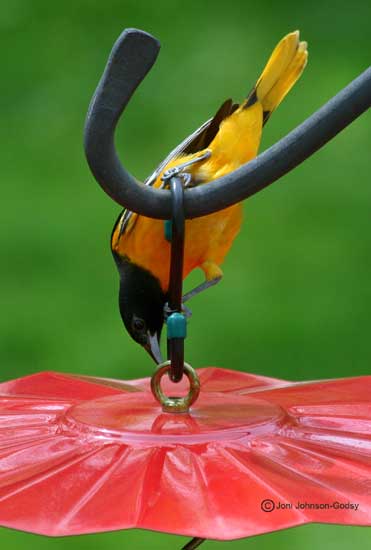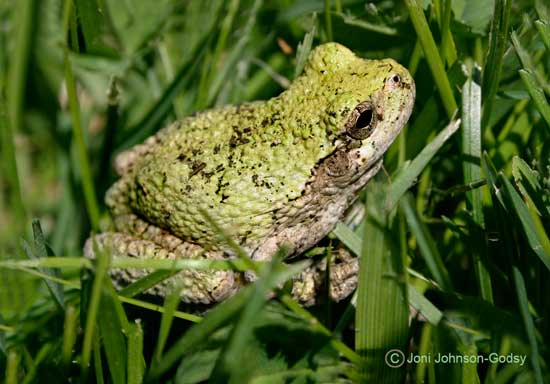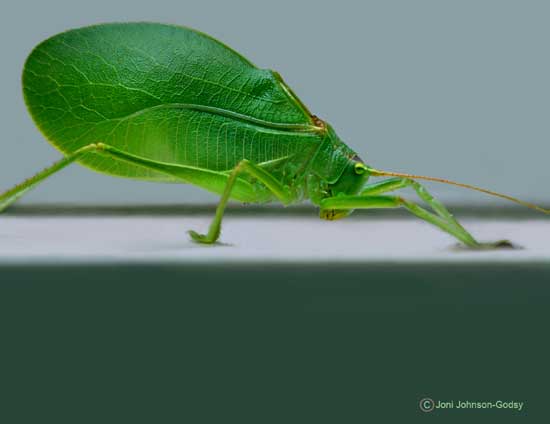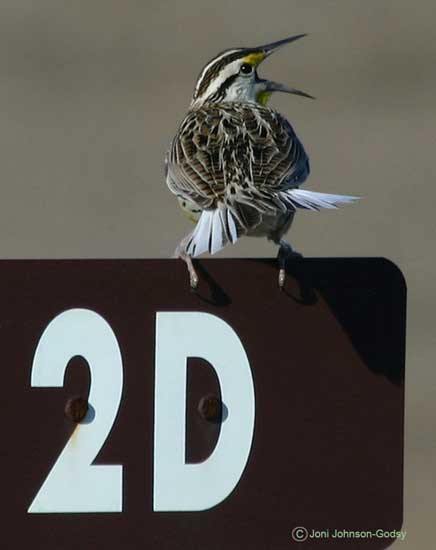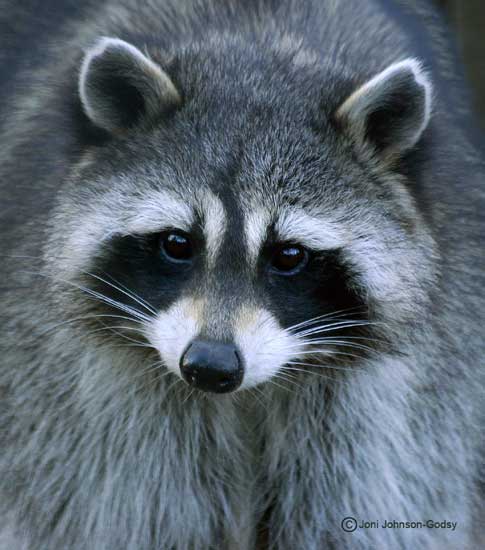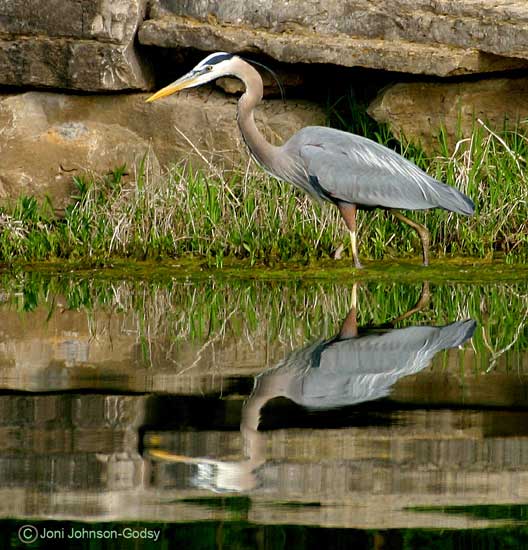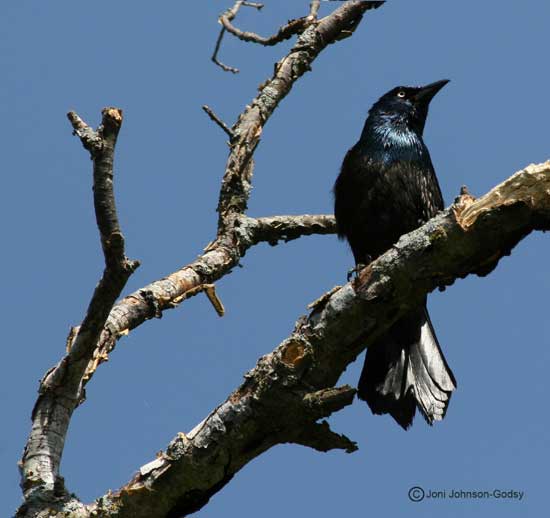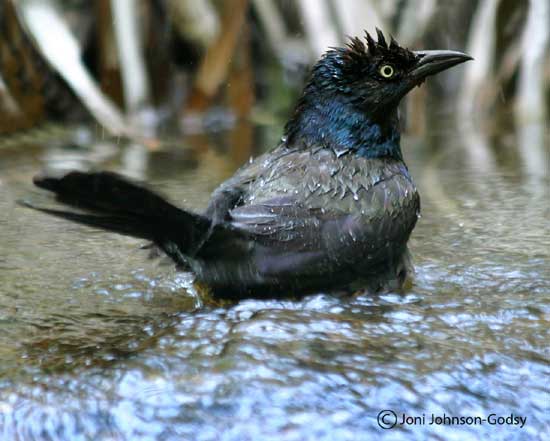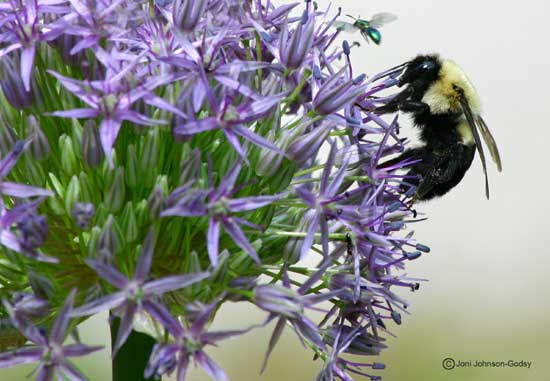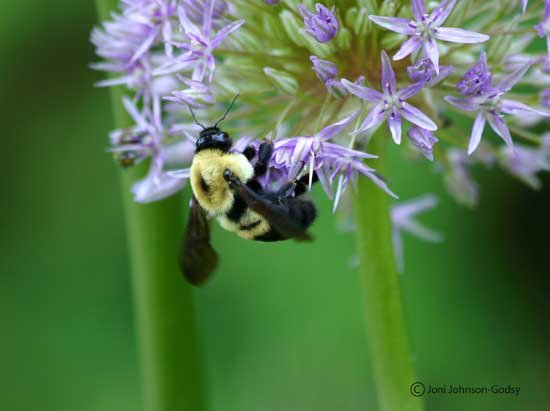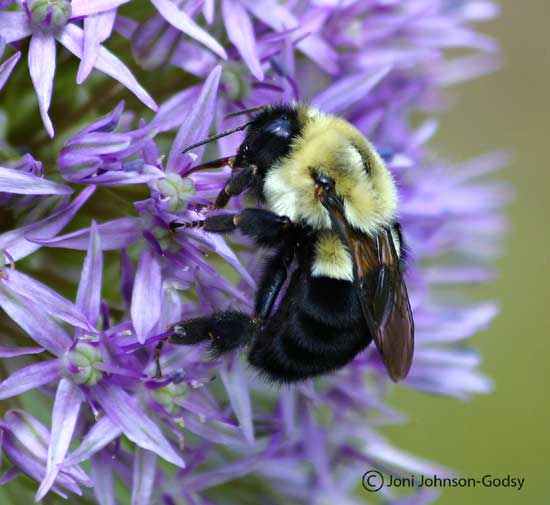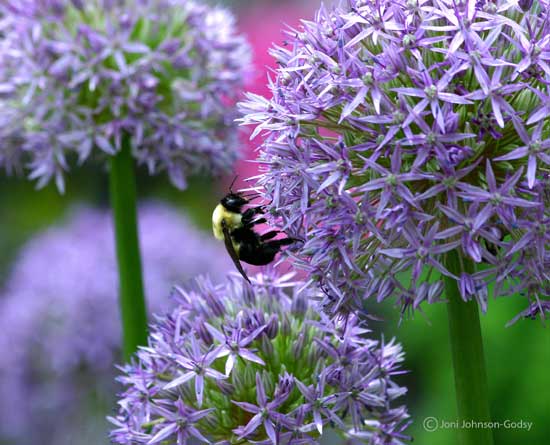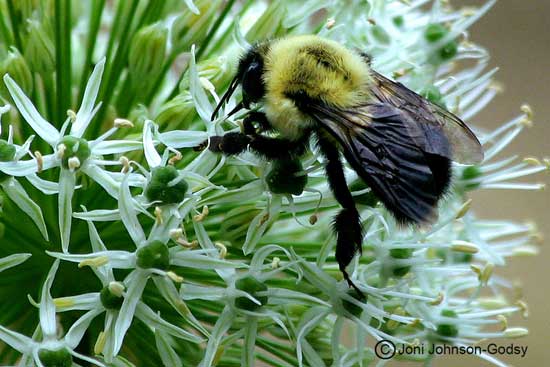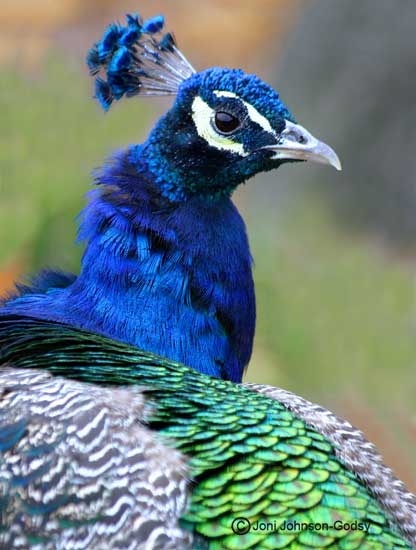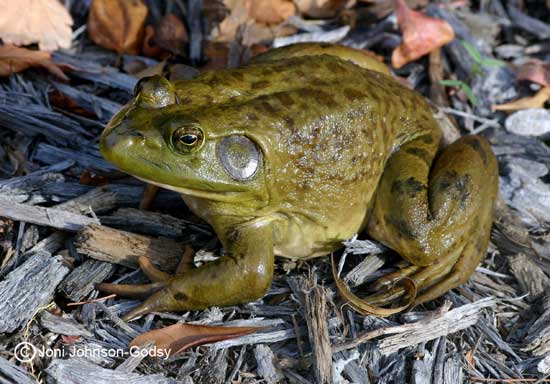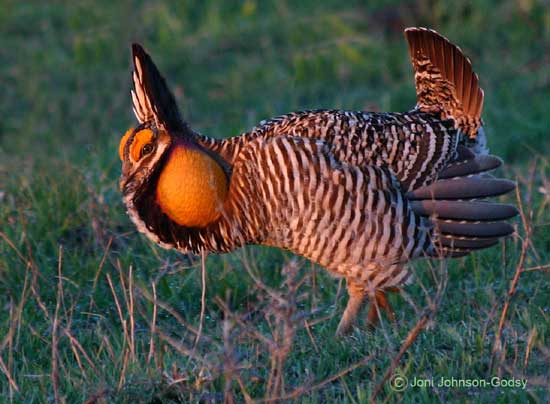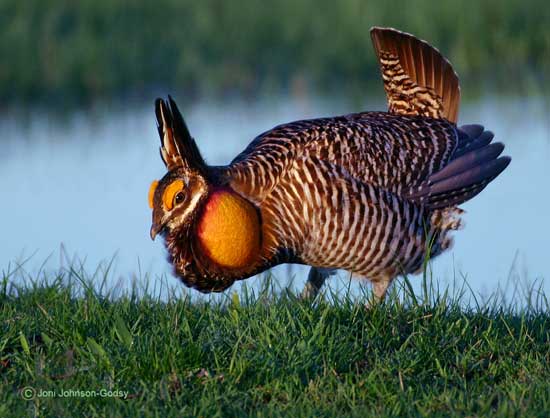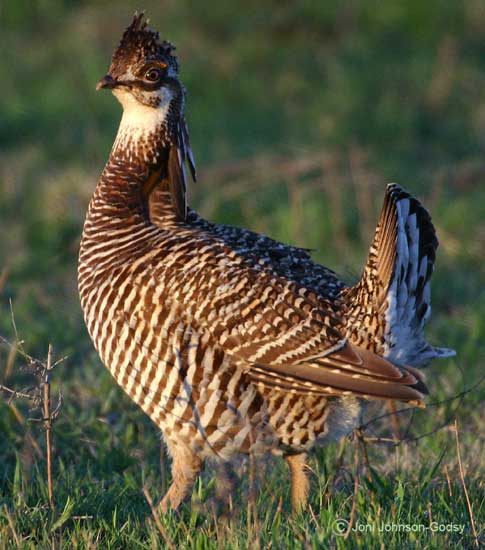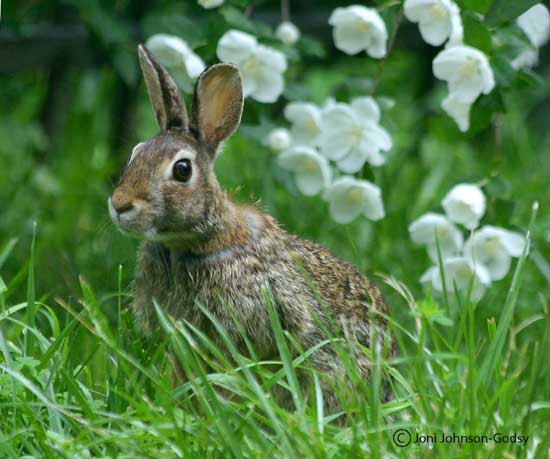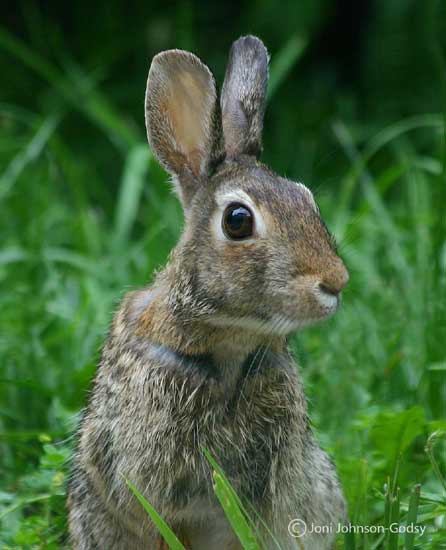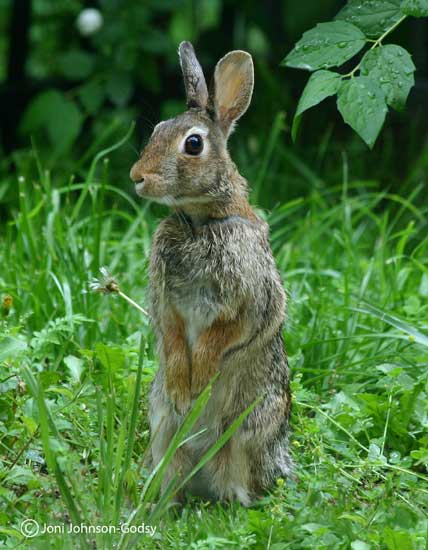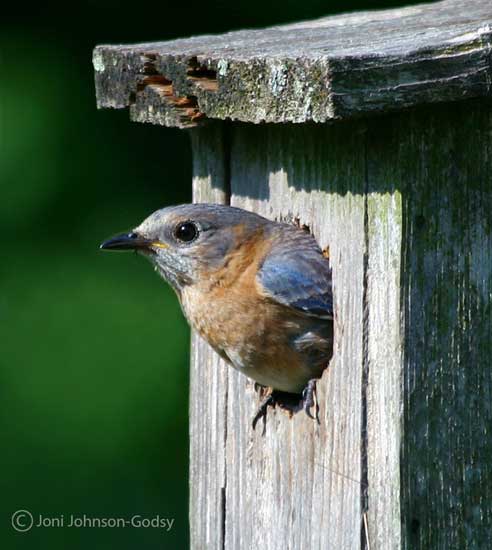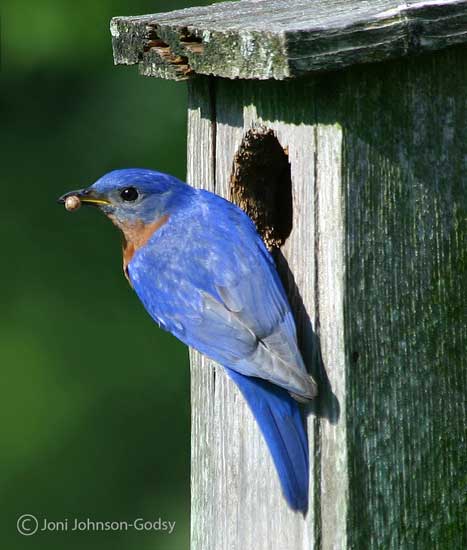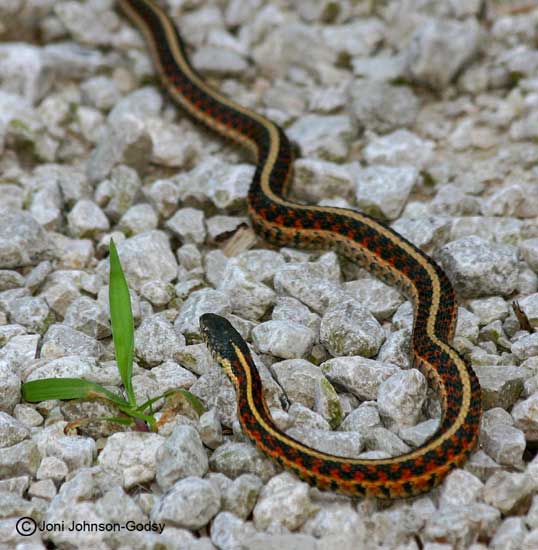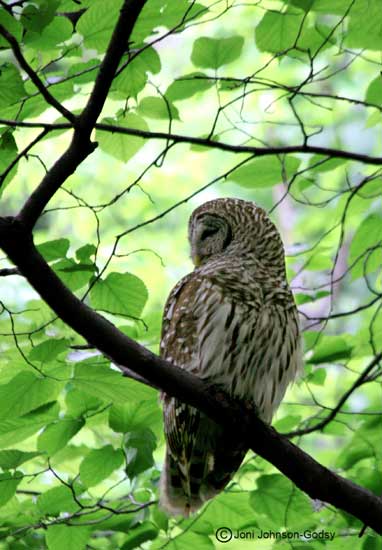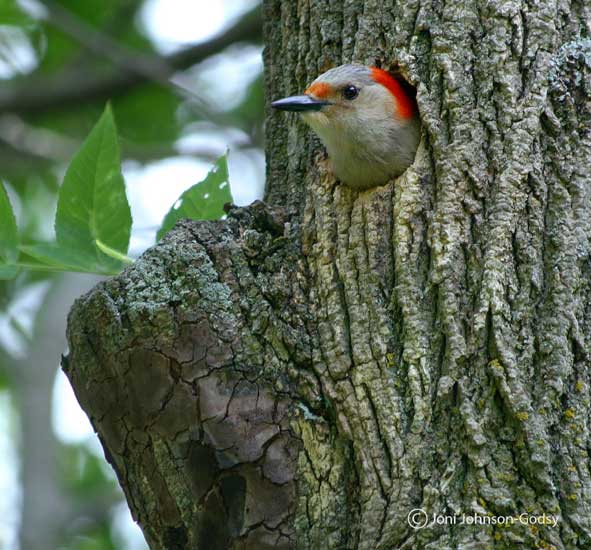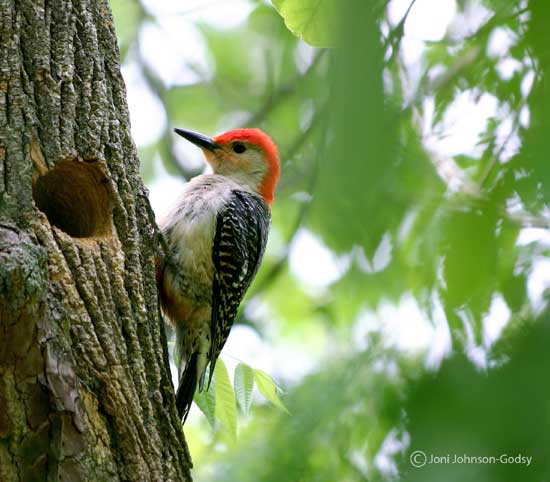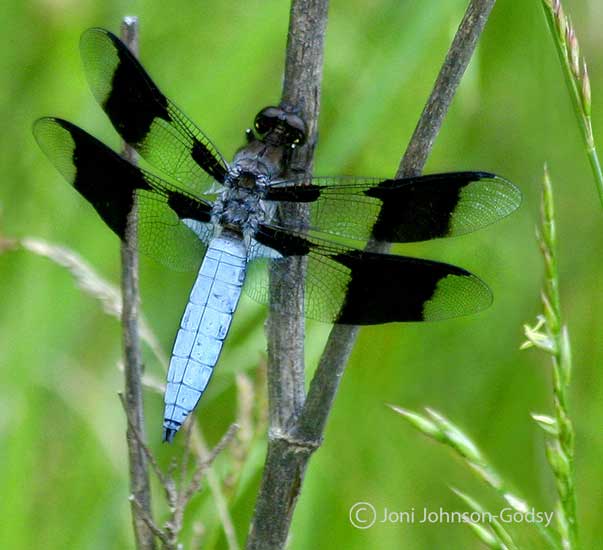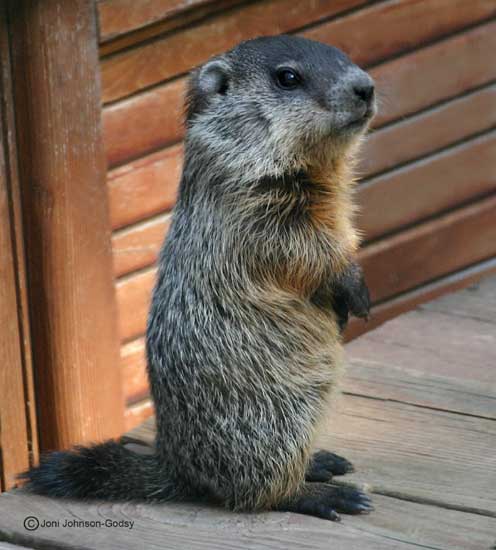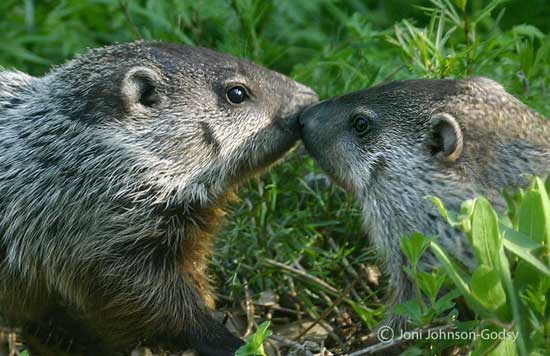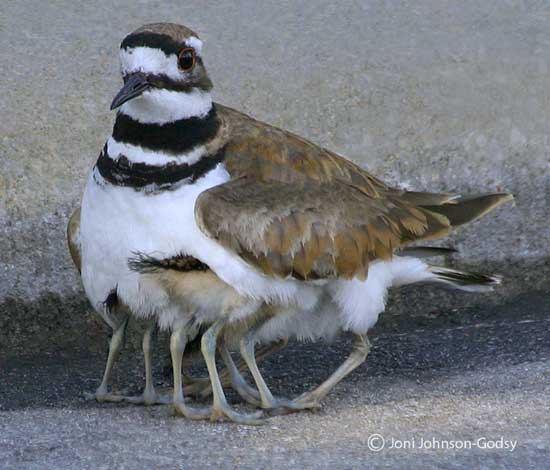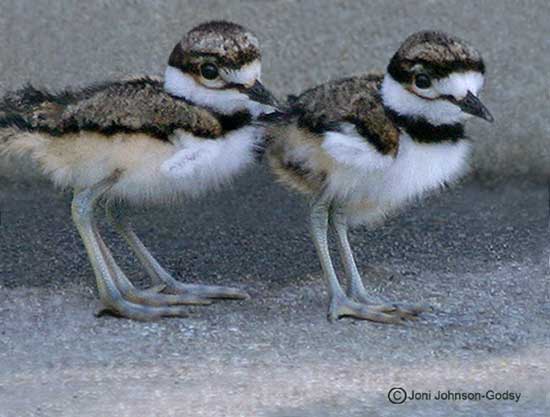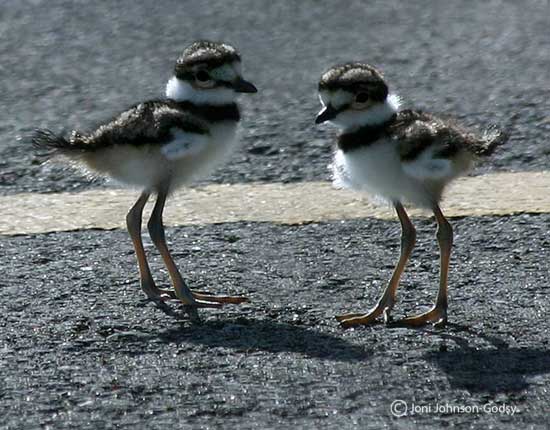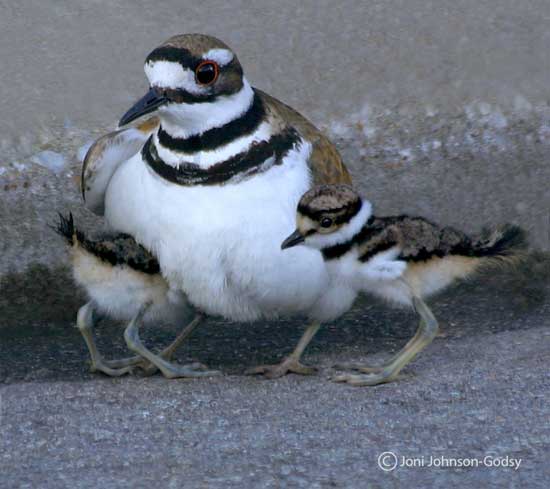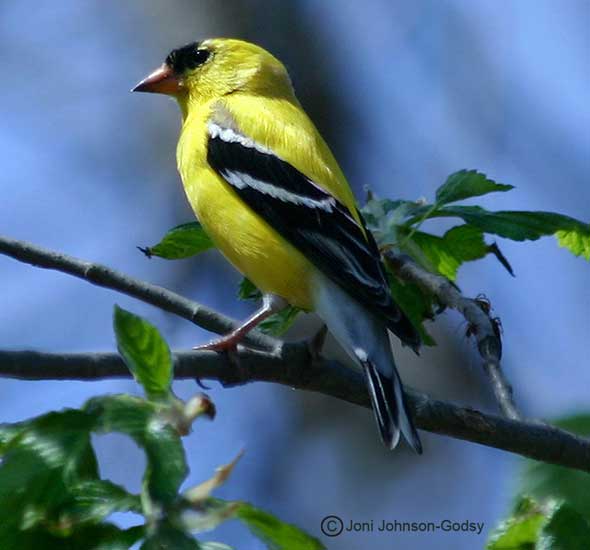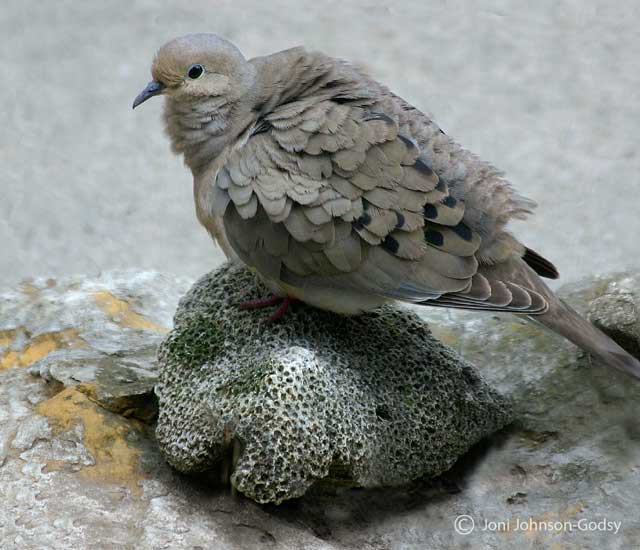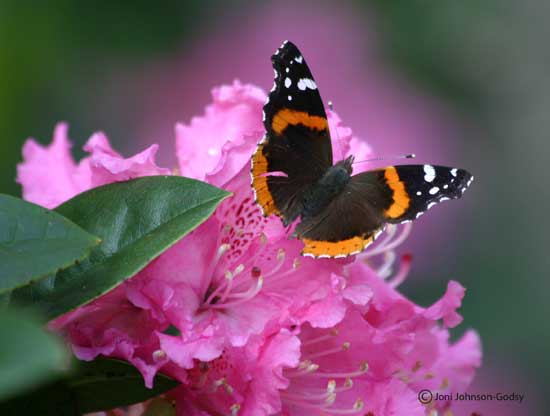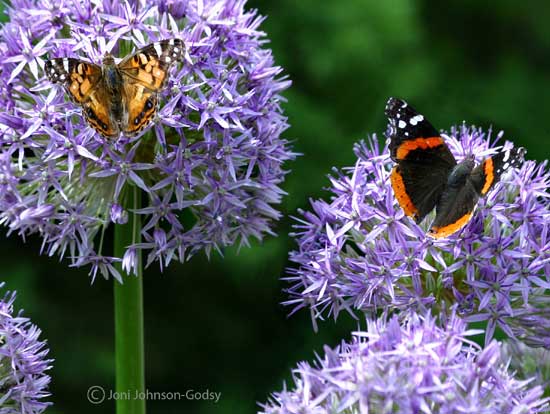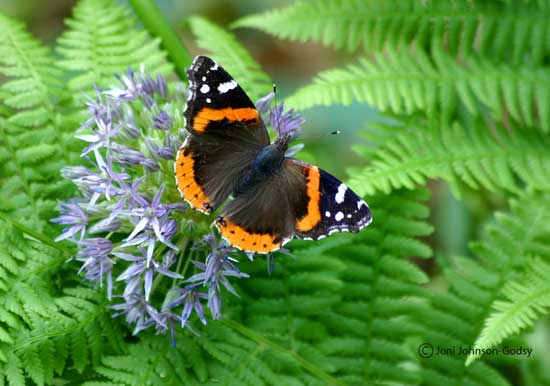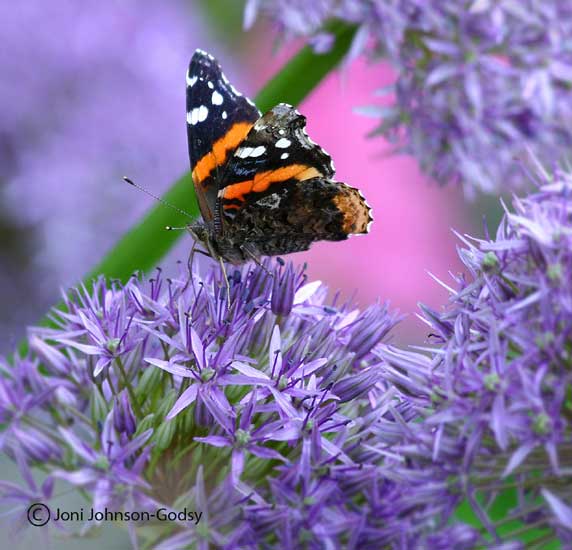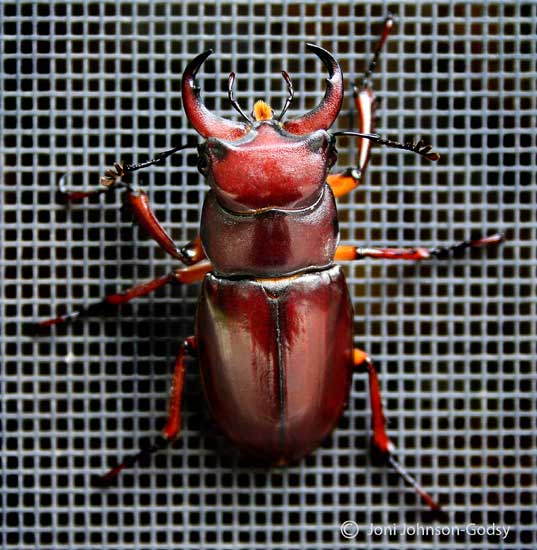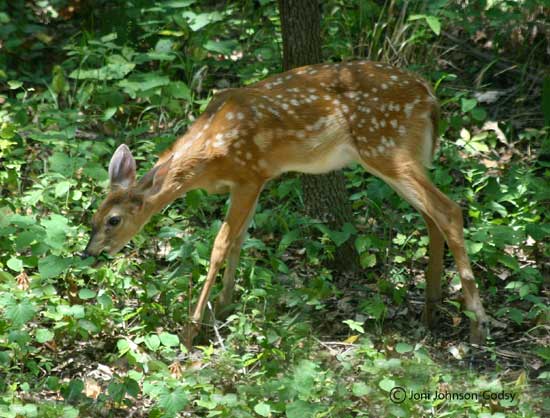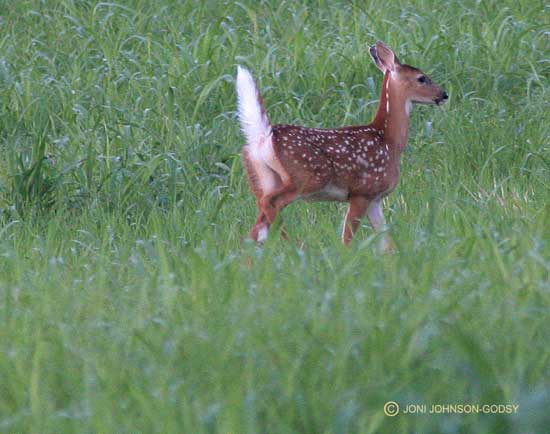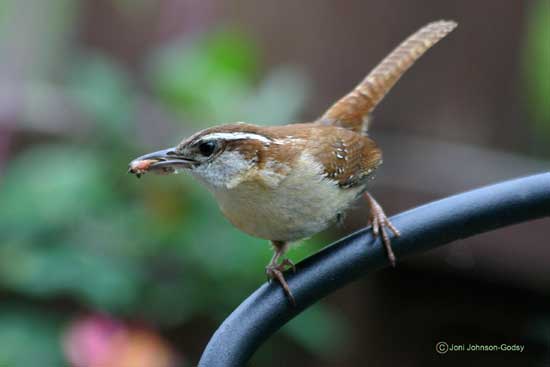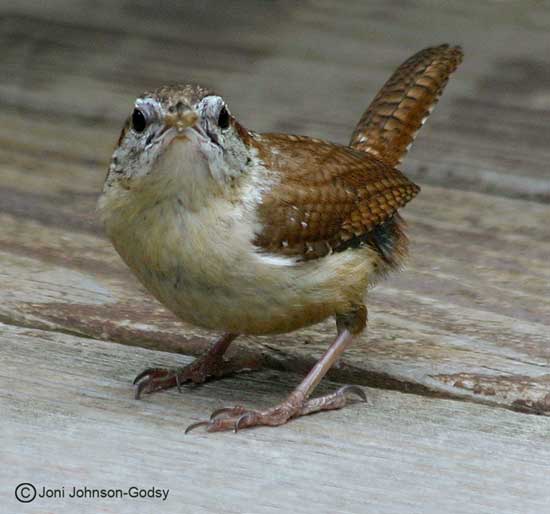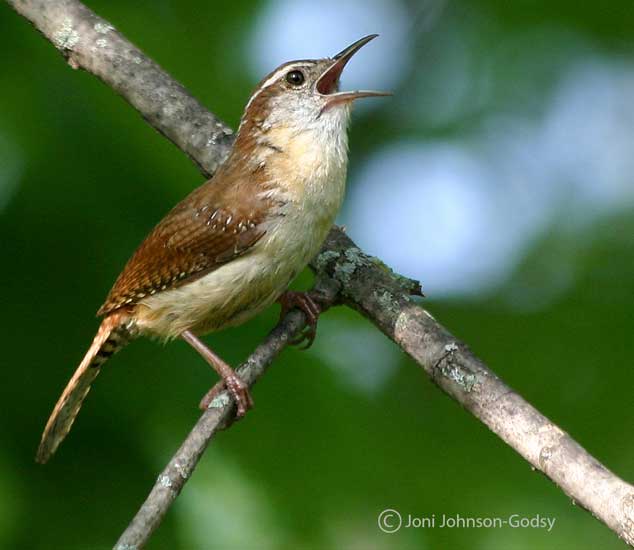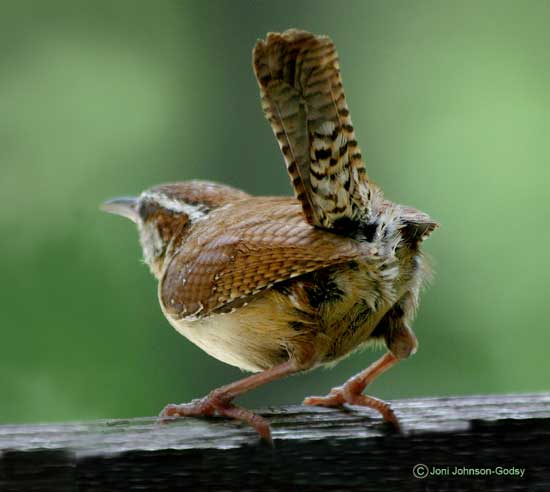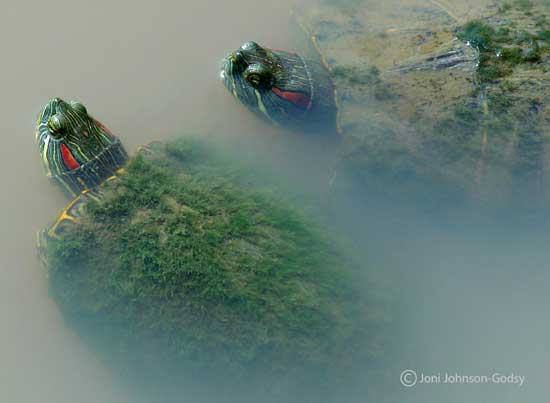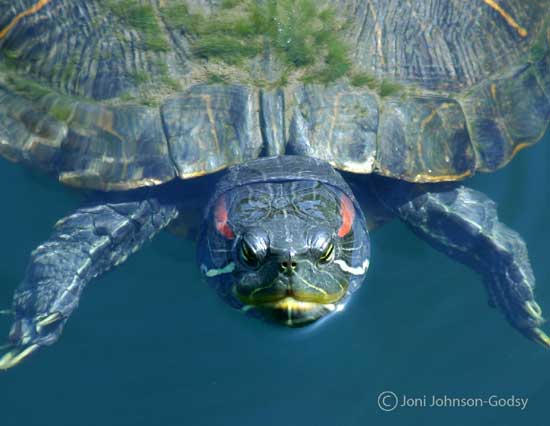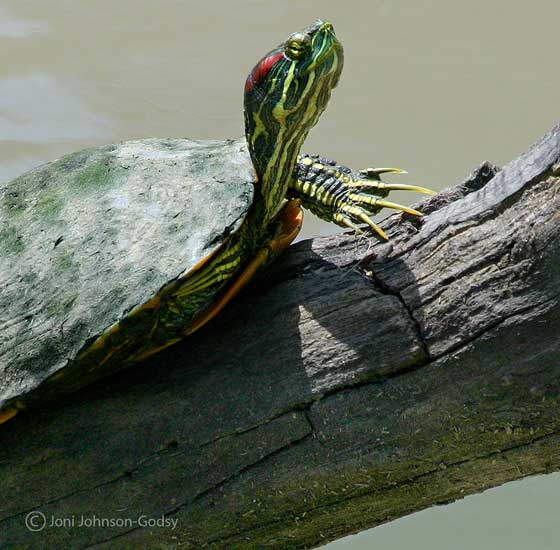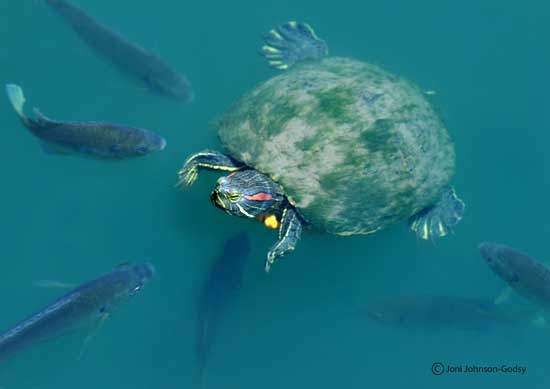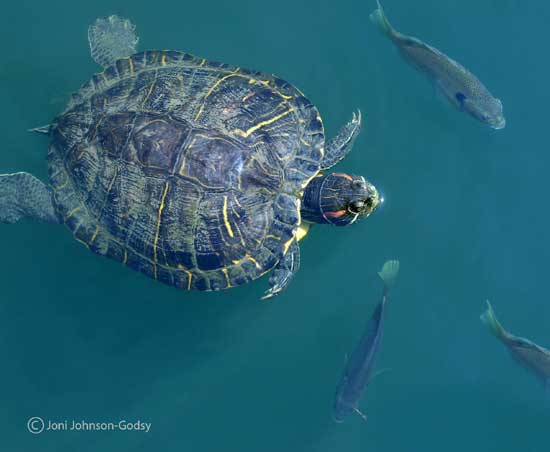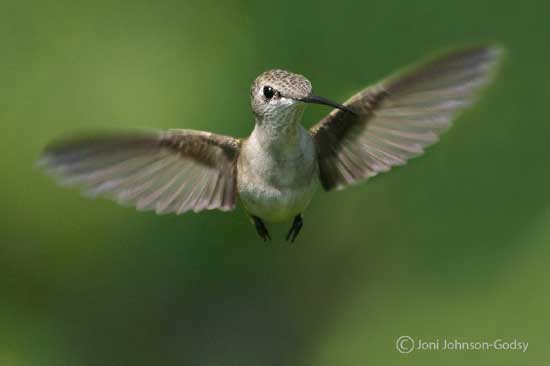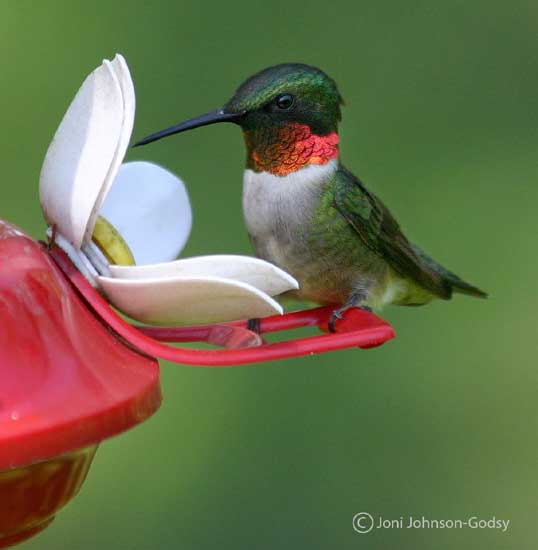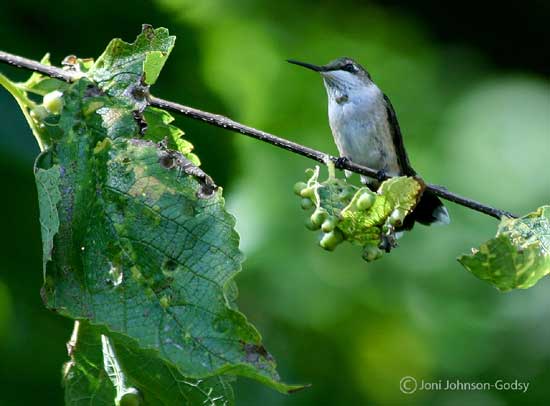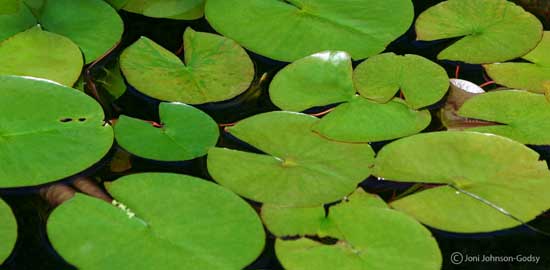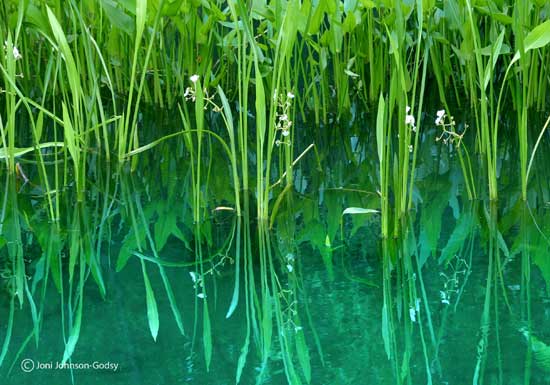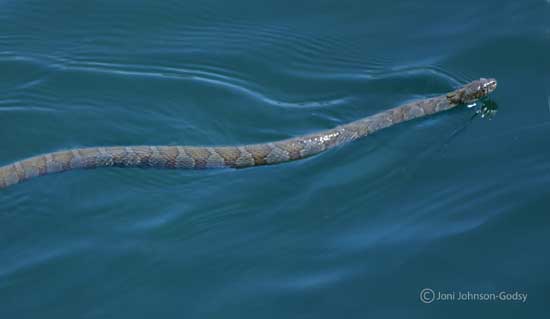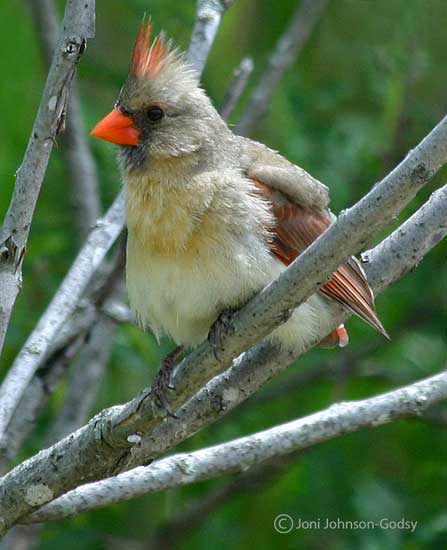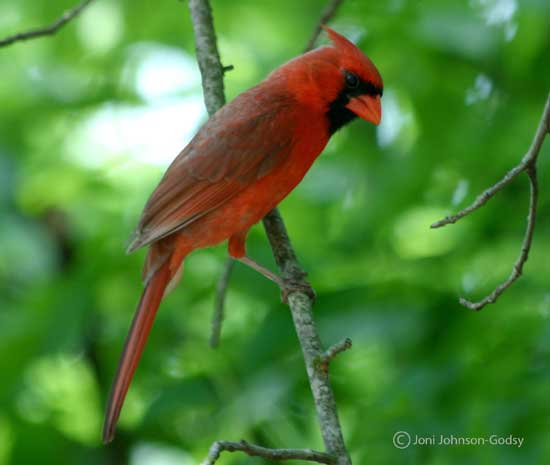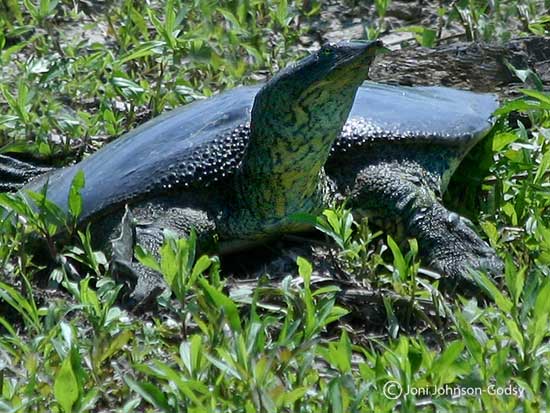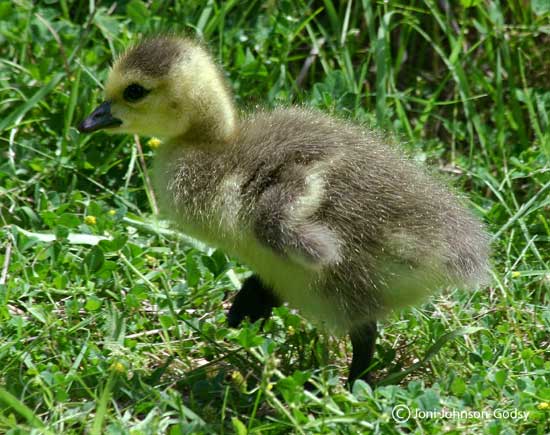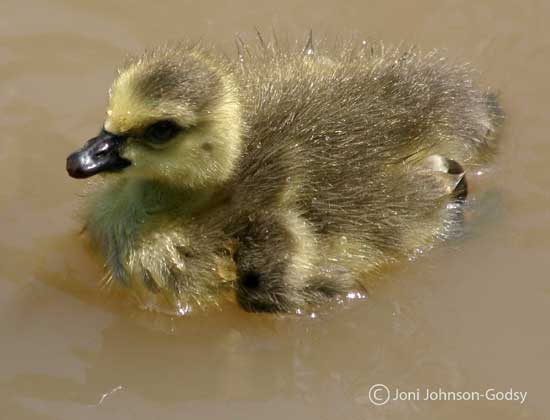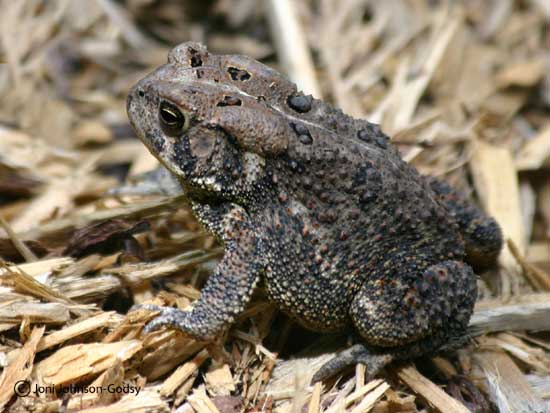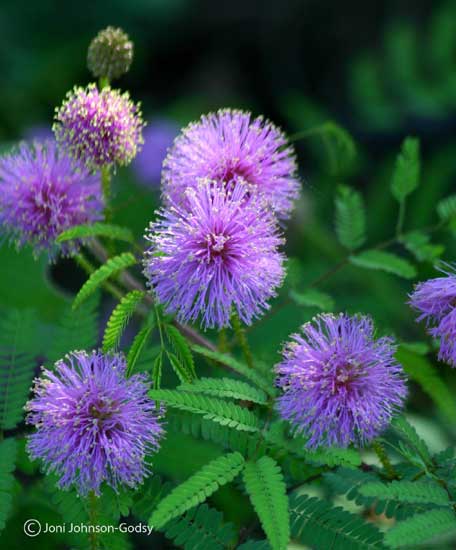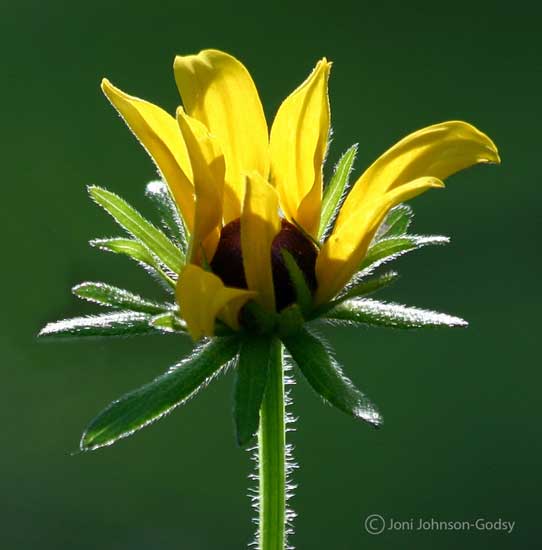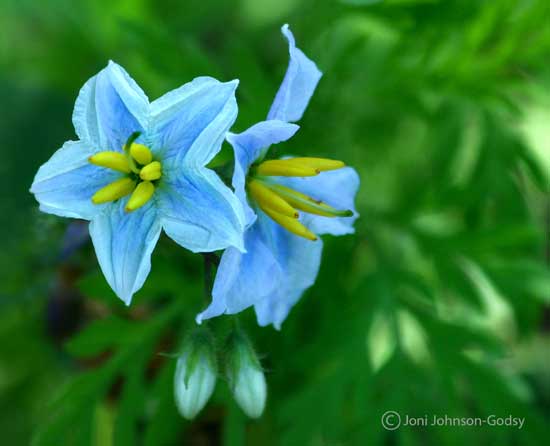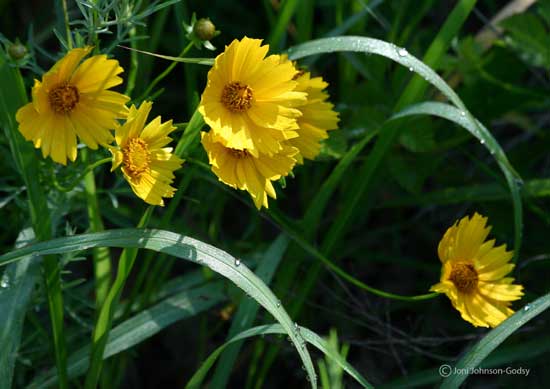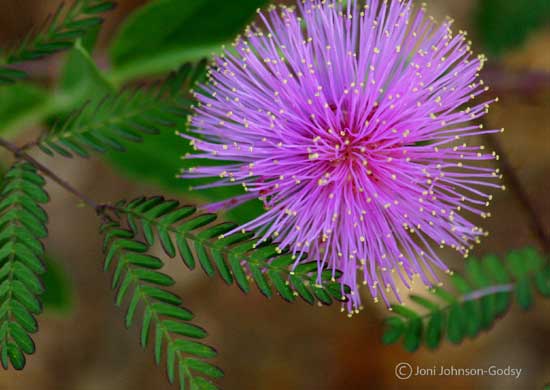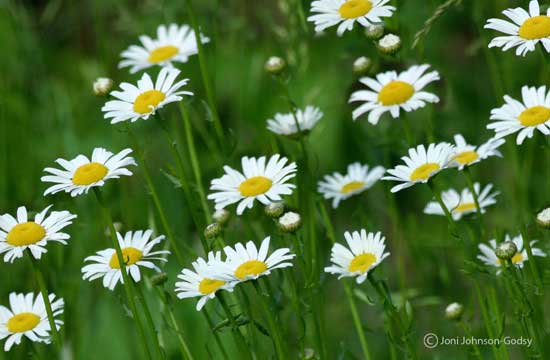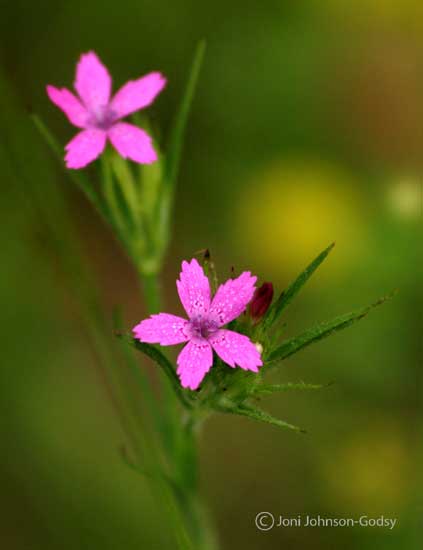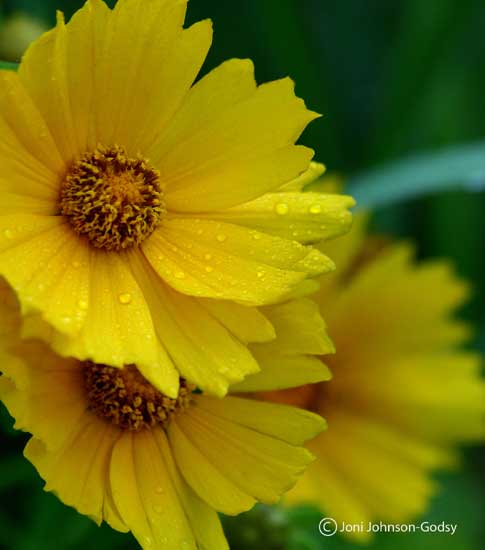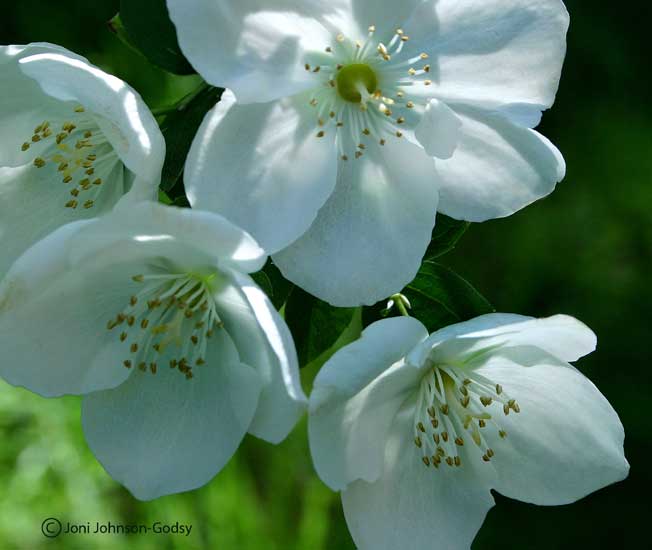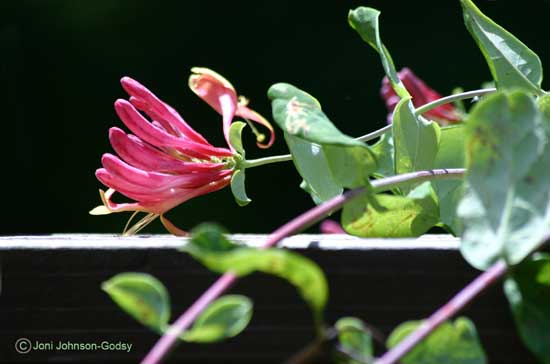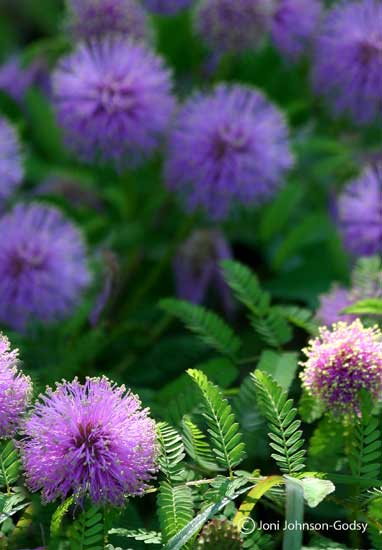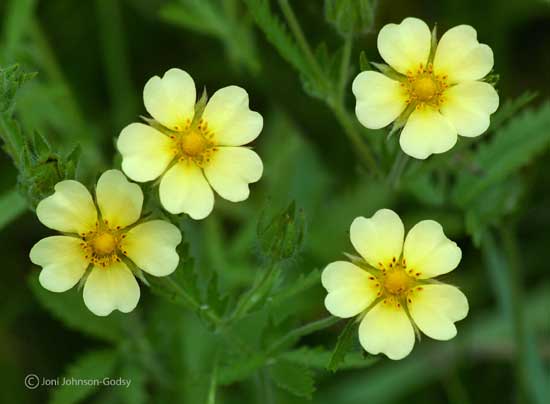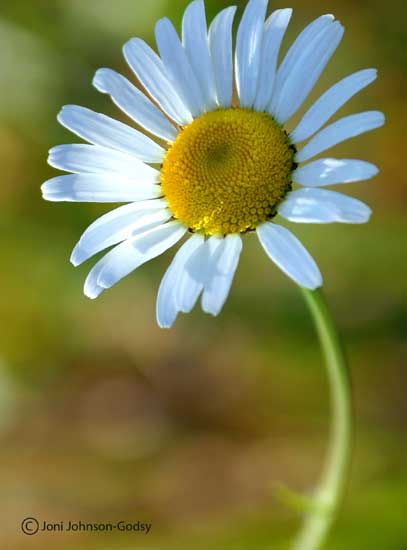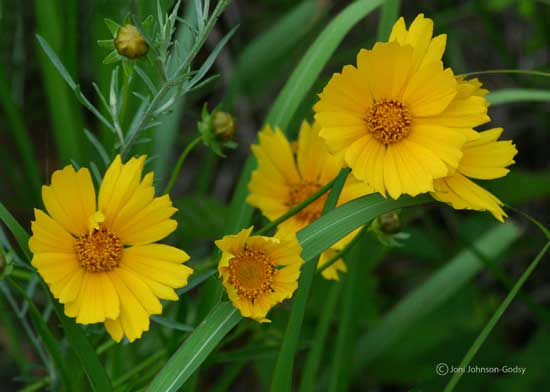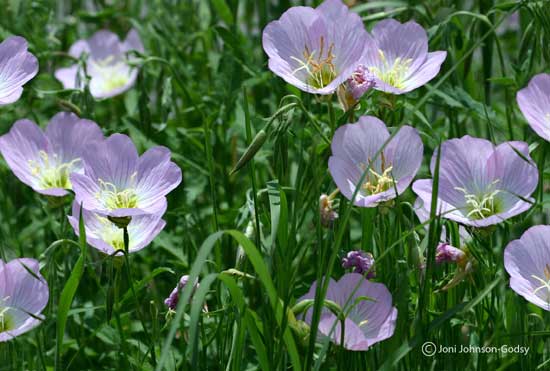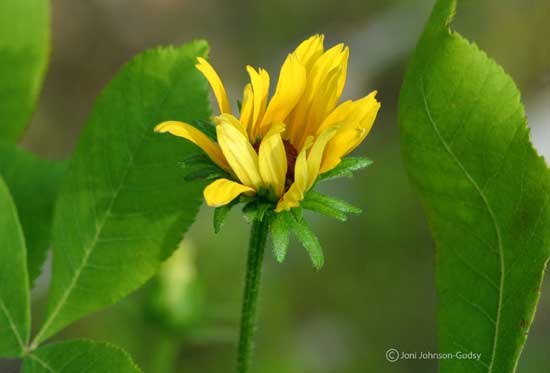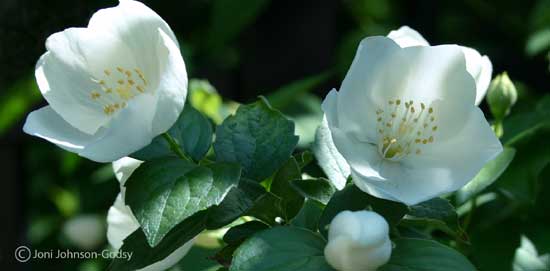Springtime in Kansas
When most people think of a place called Kansas a young girl in sparkly red shoes carrying a scruffy little dog in a basket comes to mind. A flat, featureless landscape with big black twirling clouds that lurch down from the sky tickling the land like giant fingers and houses spiraling out of control complete the picture.
But this is not the Kansas that I know. East central Kansas is rolling and green. Our acreage is heavily wooded with dramatic steep sloping hills covering most of it. The temperature range here can be quite dramatic as well. It is not unheard of for winter lows to fall below zero degrees. It is not freakish for a summer high to push the mercury well up over 100. Anything that lives in the out of doors here must be very tough indeed.
Spring is a time for celebration. It seems that the whole outdoor world explodes in beauty. It is hard to resist the temptation to roam around with a camera when the world around you is so alive with color. So I don’t resist. I roam and snap, and roam and snap some more. The following photos were taken right here, in Dorothy land. I invite you to take a leisurely stroll down my yellow brick road…
A Baltimore oriole attempts to figure out a way around the rain guard on our hummingbird feeder. Like so many other animal species here, eastern Kansas is the western extreme of their summer range. An hour’s drive to the west, the vast prairie begins and many of these species will not be found.
This little fellow is a gray tree frog. Although he looks quite large when zoomed in on, he is really only about the size of a quarter. The chorus of music created by tree frogs in spring is one of my favorite sounds.
What a little beauty! This Katydid took a break from her evening activities to rest on our windowsill. She is perfectly adapted for life in the trees. Her choice of resting place here in one of the few places where she would be so conspicuous puzzled me. Once it was dark, she sauntered off into the night.
The state bird of Kansas is the Meadowlark. Kansas is a rare place where Eastern and Western Meadowlarks can both be found. They are distinguishable primarily by their songs, which are completely different from one another. This is an Eastern Meadowlark.
This Raccoon is one of many that we see often after dark. He lives under our little barn. Another raccoon family lives under our hot-tub deck. I guess you could say that we are a bit overrun by raccoons? They cause no harm and are quite entertaining to watch.
Great Blue Heron are numerous and live in many parts of the US. They fascinate me as they wade around quietly on stilt-like legs and ambush their prey from above. There is something very peaceful about this primordial behavior.
This recognizable little fellow is of course a common box turtle. Very few people who spend time outdoors don’t eventually run into one of these. When he was first spotted he was in complete shade. As I moved him into sunlight to take his picture he made his protest known by wetting all over my shoe. Although a wet shoe is not a big deal to me that would be a pretty effective defense if picked up in the mouth of a wild predator!
This common grackle would not delight most people. But I think they are quite beautiful. I call them “oil slick birds”.
Oil and water…a grackle goes through his morning beauty routine.
A bumblebee climbs up an allium flower in our garden. These flowers attract dozens of pollinators in May. A little iridescent friend has joined him.
A very close peek into the life of a bumblebee.
The undisputed “tiger of the sky” is the Great Horned Owl. We hear the haunting calls of these beauties mostly in spring and autumn when our bedroom windows are open at night.
A peacock in Kansas? This handsome devil belongs to our neighbor. Springtime is when a peacock announces his interest in the little peahens with calls that can be heard for a very long distance. Some people say that this call sounds like a screaming woman. I think it sounds like a fool in LUV.
This bullfrog made a visit from a pond nearby. There was something about the mulch in our garden that pleased him on this day.
There is nothing quite like the experience of watching Greater Prairie-Chickens during the mating season which is in early spring. These birds are very, very rare. We made plans to visit the “leks” monitored by Kansas State University. This involves sitting in a small wooden box on a hilltop in the middle of the prairie, in the darkness of pre-dawn, in 30-degree temperatures, waiting for the sun to rise while you freeze your fanny off. What incredible fun it was!
The males fly in first, just before the sun rises. They each fight for a tiny spot of ground (a lek) and defend it with booms, stomping dances and flutter displays. These were some of the strangest sounds I’ve ever heard partly because there were numerous males making the display sounds in unison. For some reason, out of the whole of the Kansas prairie, this is the exact spot to fight for. This male is in classic “display” position. A few females fly in and the spats between males heat up. This goes on for several hours. Then as suddenly as it begins it ends. The females leave and the males disperse. It is quite a spectacle!
This male Prairie Chicken is feeling his oats to be sure, but this is not a display pose. He stands upright to size up his rivals from a distance and to look for the ladies. It is said that the stomping dances done by male Prairie Chickens were the inspiration for many an Indian dance. I could certainly see the parallel.
This cottontail rabbit was just outside my studio. It is the perfect springtime imagery…a rabbit in front of flowers. For many years I painted imagery quite like this for the greeting card industry.
No flowers this time, but look at that cute face!
Once very rare here, the Eastern Bluebird has made a dramatic recovery thanks in part to the many bluebird houses that now grace our parks. Now these birds are a common sight in rural areas and are even starting to migrate into wilder places in the suburbs. This female and her mate are feeding babies. They may raise several broods in this box in a single year during the warm season. Boxes just like this one have been instrumental in saving this species.
Male bluebirds are fully invested in the raising of their young. They do equal duty and bring food back with amazing regularity. They are simply stunning to look at.
Our driveway curves through the woods back to the house. A garter snake pauses in the driveway to pose for this picture. Garter snakes can be quite stunning as is this one with his spectacular coloration. They come in many sizes and color combinations, which usually run in lengthwise stripes.
This Barred Owl was visible in daylight, which is a bit unusual. He was sleepy and sluggish on this afternoon. I later saw him at dusk. He was a totally different creature, alert, active and watchful…a dangerous hunter of the night. I hear the haunting calls of he and his mate quite often at dusk, the low, haunting “who cooks for yoooouuuuuu…”.
A Red-bellied Woodpecker pair made a nest site out of this old tree at the base of our driveway. Here the female pops her head out to watch me. She and her mate diligently attended this nest. We have been enjoying the fruits of their labor as their babies now come to our feeder.
Like many songbirds, the male red-bellied woodpecker takes equal part in raising their young.
This beautiful dragonfly is a male whitetail skimmer, known to dragonfly aficionados as Plathemis Lydia. This species has three stages, egg, larvae and adult. They may live in the larvae stage for two or more years. But they only live in the adult stage for a couple of weeks. Since mating occurs in the adult stage, they have much to do in a very short time!
This baby ground hog and his sibling were born and raised under our hot-tub deck before the raccoons later took the spot over. Mother groundhog brought her babies up onto the deck and used it as a playpen where her babies could be safe. These babies grew up right outside the windows of my studio.
I don’t know if there is anything on this planet that is cuter than a Killdeer chick, except for maybe four Killdeer chicks. A pair of Killdeer built a nest in gravel landscaping just outside my husband’s office. The eggs, and even the chicks are perfectly camouflaged in the gravel. Once hatched, they are very active and are now vulnerable in the small parking lot. Only hours old here, they attempted to hide under their mother. As you can see, only two actually fit. The third chick only THINKS he is hidden. The forth one doesn’t stand a chance of getting under there!
It is said that Killdeer chicks mature faster than any other animal. This explains how they pull off the risky habit of nesting on the ground. I didn’t accomplish a photo of all four chicks close together, as they scatter about quickly after hatching. But I was able to photograph a pair of them. For me, Killdeer chicks win the grand prize in the “cutest creatures alive” contest.
This tiny jewel is a male goldfinch. Fortunately for us, goldfinches are one of the most common birds that visit our feeders. This male is wearing his spring and summer apparel. He turns a drab olive in winter.
A mourning dove has found a perfect resting spot on a coral rock in our garden. She blends in nicely with her background.
A Red Admiral butterfly atop our Rhododendron
A Painted Lady butterfly (left), and Red Admiral butterfly (right) on allium flowers.
A Red Admiral butterfly within ferns in our garden.
The profile of a Red Admiral
In my entire collection of books I don’t have a single field guide on insects. So when I found this handsome fellow taking a rest on our screen, an Internet search ensued. I knew that it was some kind of “pinch beetle” but didn’t know anything more. For those of you who are interested, this is a male Pseudolucanus Capreolus.
A large number of whitetail deer share space with us here in the woods. In fact, I often refer to our house as a deer blind complete with kitchen, bathroom and comfortable bed! We see deer daily here, except during the months of May and June when the does keep a low profile while hiding their fawns. But we do get glimpses of the fawns by early summer. This fawn was a twin. They are tough to photograph because I shoot them through our windows and even in the daytime the woods are very dark. But I do occasionally get lucky!
By early summer the new fawns emerge. Their nervous mothers bring them out into the open once weaned. This fawn is large for his age. Perhaps being his mother’s only baby, he was able to increase in size faster without the competition of a sibling. This photograph was taken at a huge park a stone’s throw away from our home. Our property is nearly entirely wooded so we don’t see scenes like this one out our windows.
This Carolina Wren and her mate built a nest in the gas grill on our deck. Fortunately we use our charcoal grill instead! The pair tirelessly brought hideous crawling creatures back to feed to their babies. We so enjoyed the cheerful little chirping just outside our windows and we could even enjoy the deck while the little wrens went about their business not deterred by us at all.
Mad little wren face…
Happy little wren face…
Ever been “mooned” by a wren? Well, now you have!
These beauties are red-eared sliders. Although they are numerous in ponds here, eastern Kansas is the western extreme of their range. They will not be found at all much west of here. I had quite a lot of fun photographing these guys as they showed off for my camera.
Face to face with a red-eared slider.
This sunning red-eared slider appears to be missing a front leg. He somehow was able to climb this log anyway.
This red-eared slider appears to have a fan club! Gathered around him here are sunfish. They watch him as if he is about to say something really profound.
Now the sunfish join another red-eared slider for a swim.
A female Ruby-throated Hummingbird in flight. I have quite a lot of fun photographing hummingbirds as they buzz around in erratic zigzag aerial patterns. The results are well worth the effort. Look at her cute little feet!
A male Ruby-throated Hummingbird with the trademark iridescent throat after which the species is named. I find the males easier to photograph, as their behavior seems less erratic than that of the females…could this apply only to hummingbirds?
A rare look at a resting female Ruby-throated Hummingbird.
Water supports life. There are waterways in Kansas that are crucial for local residents as well as the many birds that use the central corridor as their migratory path from South and Central America to Canada.
One of my favorites of all snake species is the beautiful Copperhead. Copperheads are common here; in fact we see them often on hikes. Although venomous, they are usually quite placid and are really only dangerous if provoked. I move them off the walking trails so they don’t get stepped on or accidentally run over by a bicycle. They usually cooperate rather nicely for me. Once in awhile I meet a grumpy one. But the rules are the same for Mr. Grumpy. He has to move off the trail too…
This little Cardinal is a recent fledgling. She was not a very capable flyer yet. She was clumsy and awkward, and quite chattery. Her parents stayed very nearby to help out.
I think that very few birds in North America rival the beauty of a male Cardinal. They are true gemstones in our year round forests.
This big fellow is a soft-shelled turtle. His shell is low-slung and flat. He is a true water lover.
A very young Canada Goose. The reemergence of this species throughout the United States has been quite dramatic over the past couple of decades. These birds are quintessential survivors. Their appearance changes dramatically from this stage to adulthood.
I love the guttural call of the red-winged blackbird, as it reminds me of times when I’m out in the open and water is nearby. This bird had a nest very close by.
A common toad. I see this fat little fellow now and then in our garden. I have quite a lot of respect for him, as he has been able to elude the many snakes that would quite like to make a snack out of him. What a little cutie he is!
I hope you have enjoyed your stroll down my yellow brick road. As much as I thoroughly enjoy all of my exciting travels to far away places, at the end of the day there really is…no place like home…
Lets end with a springtime finale of color…
|
